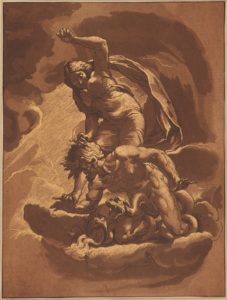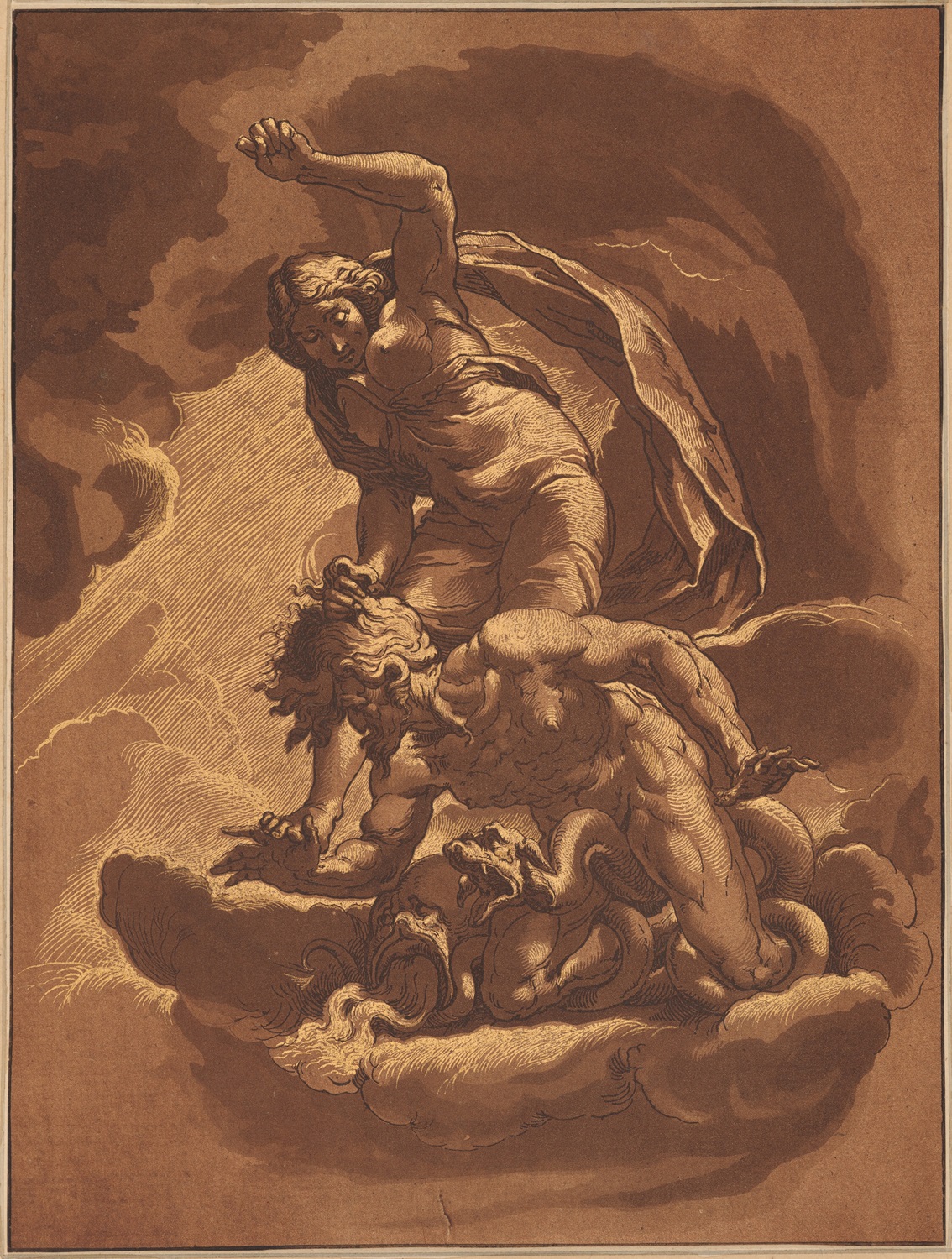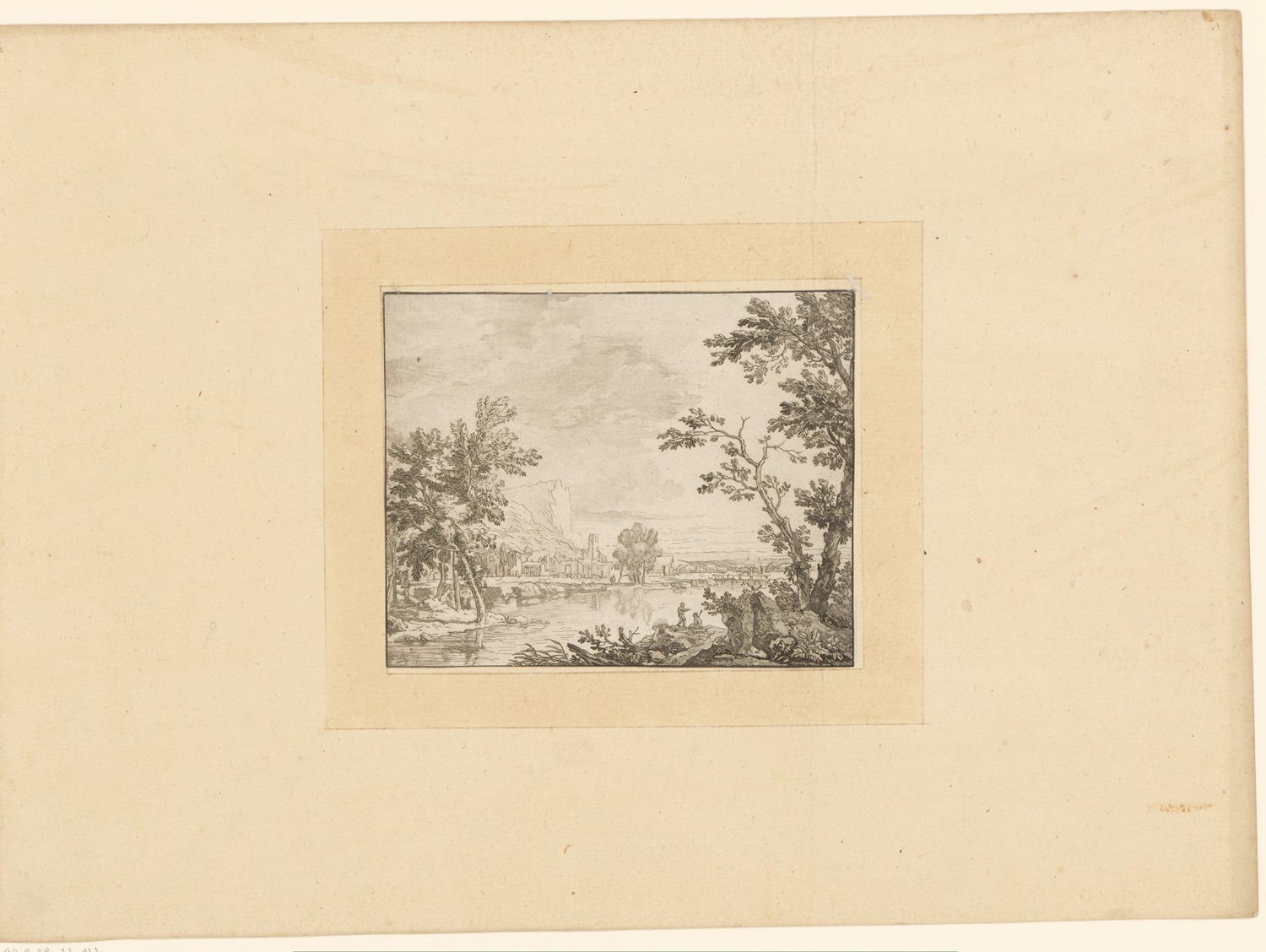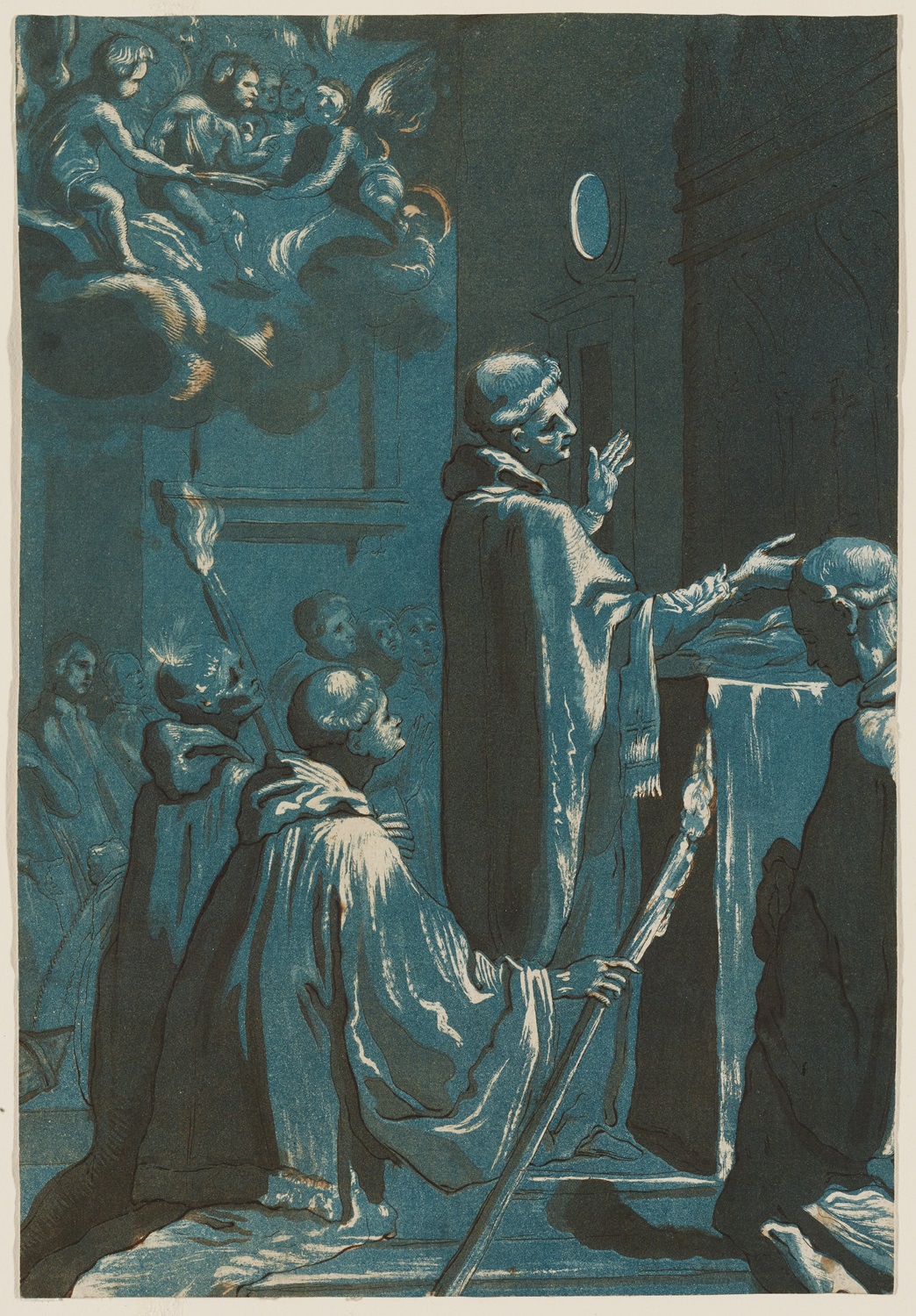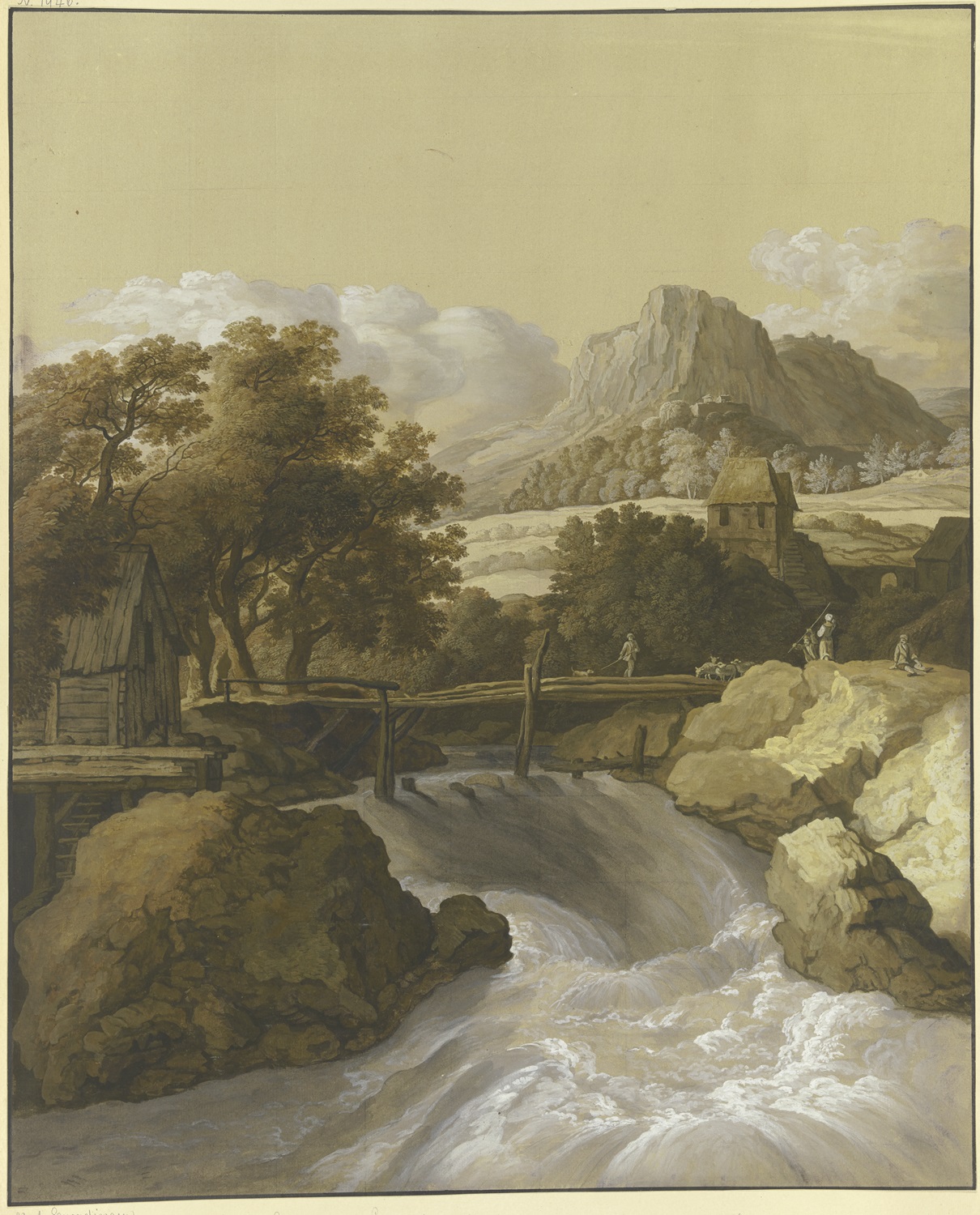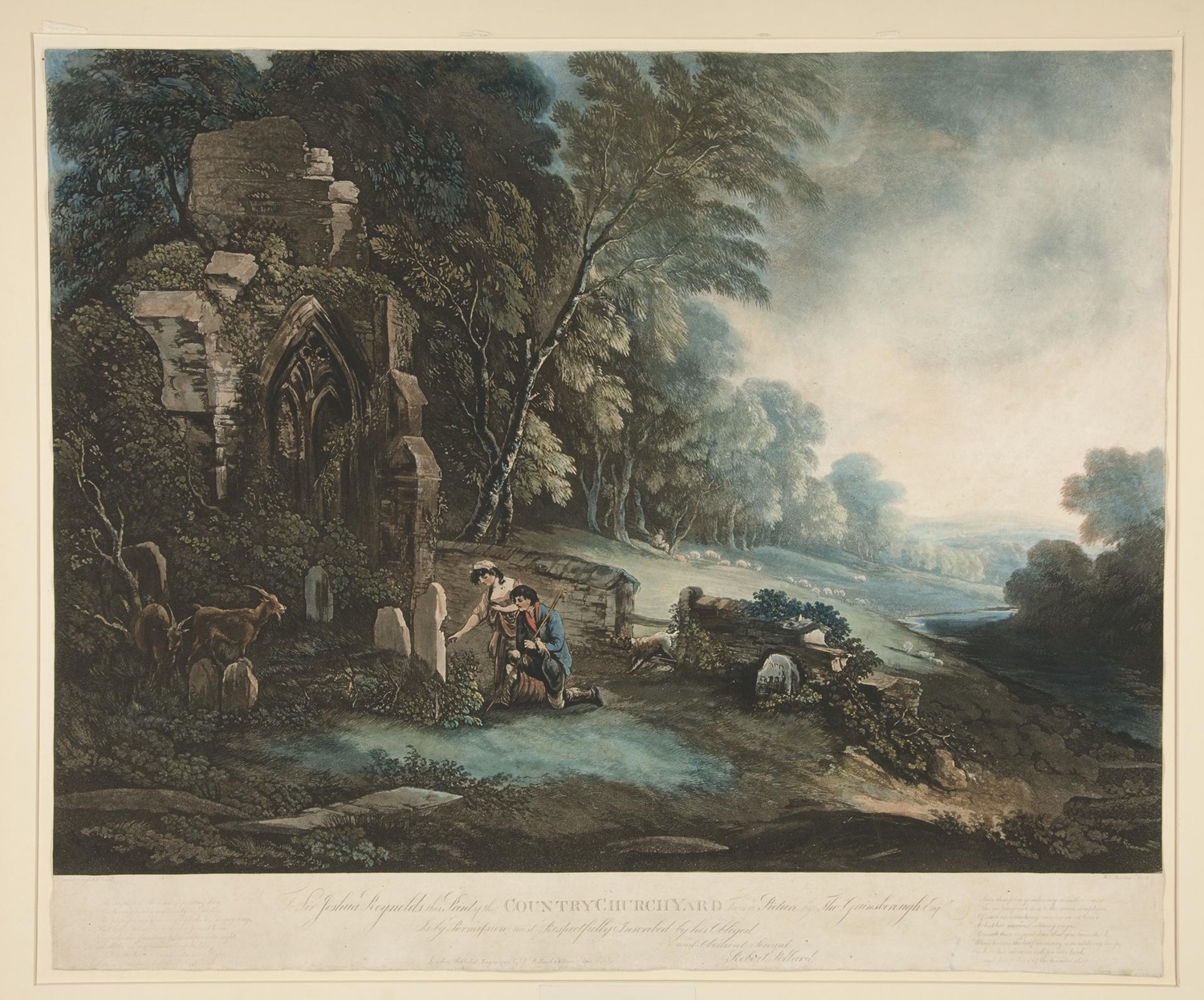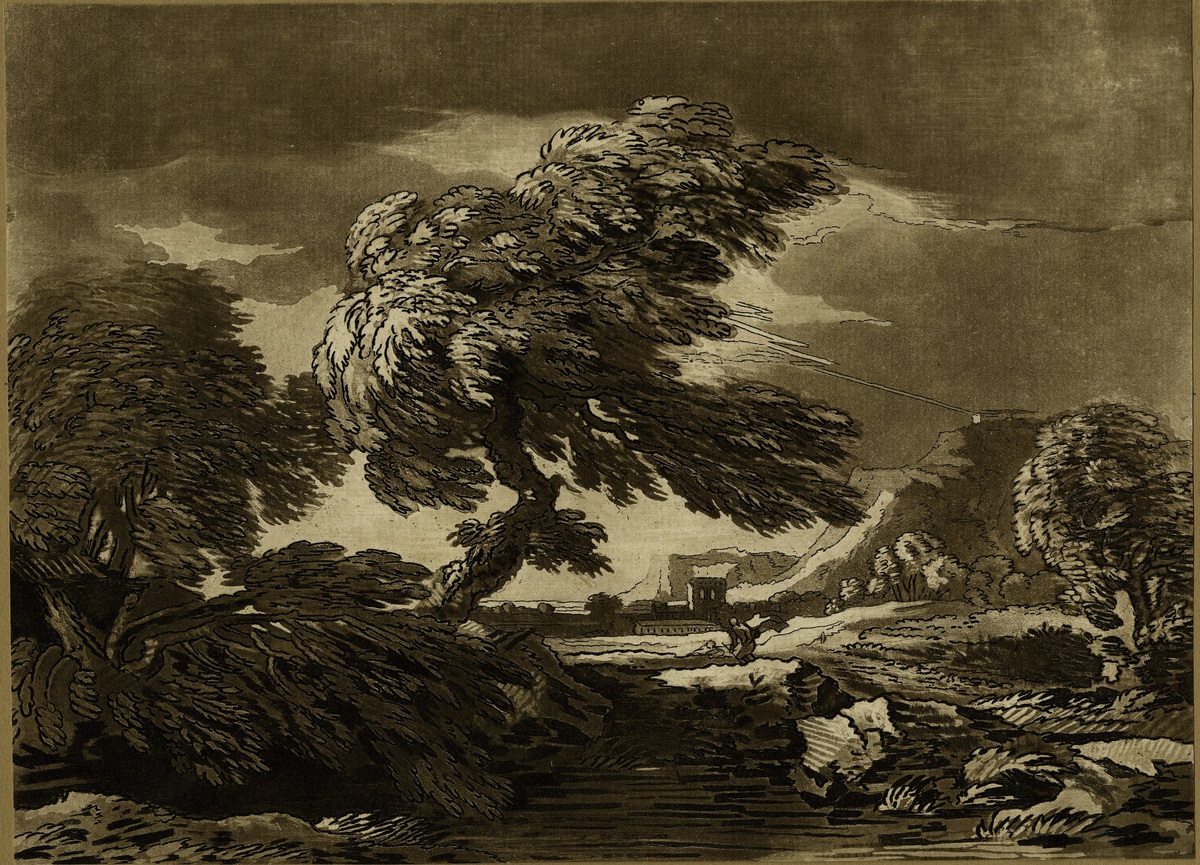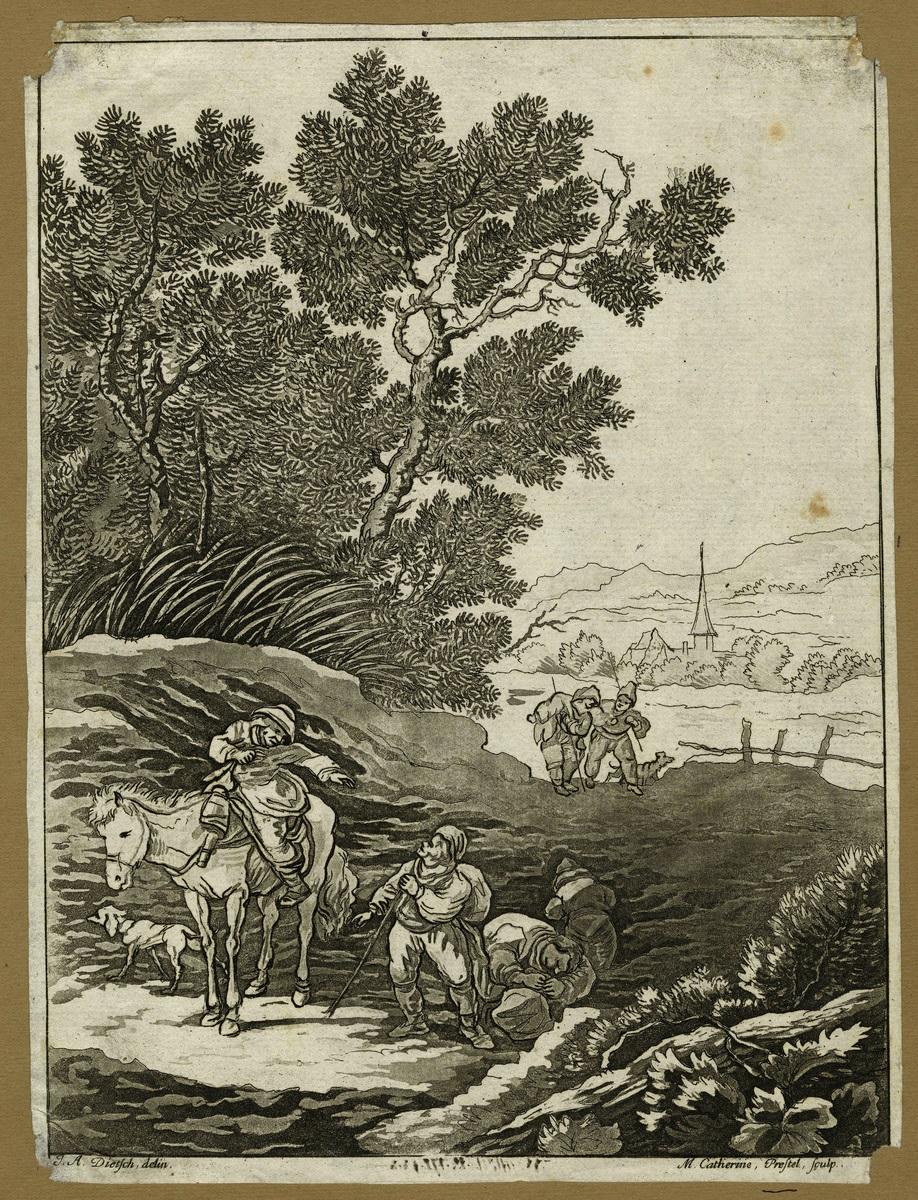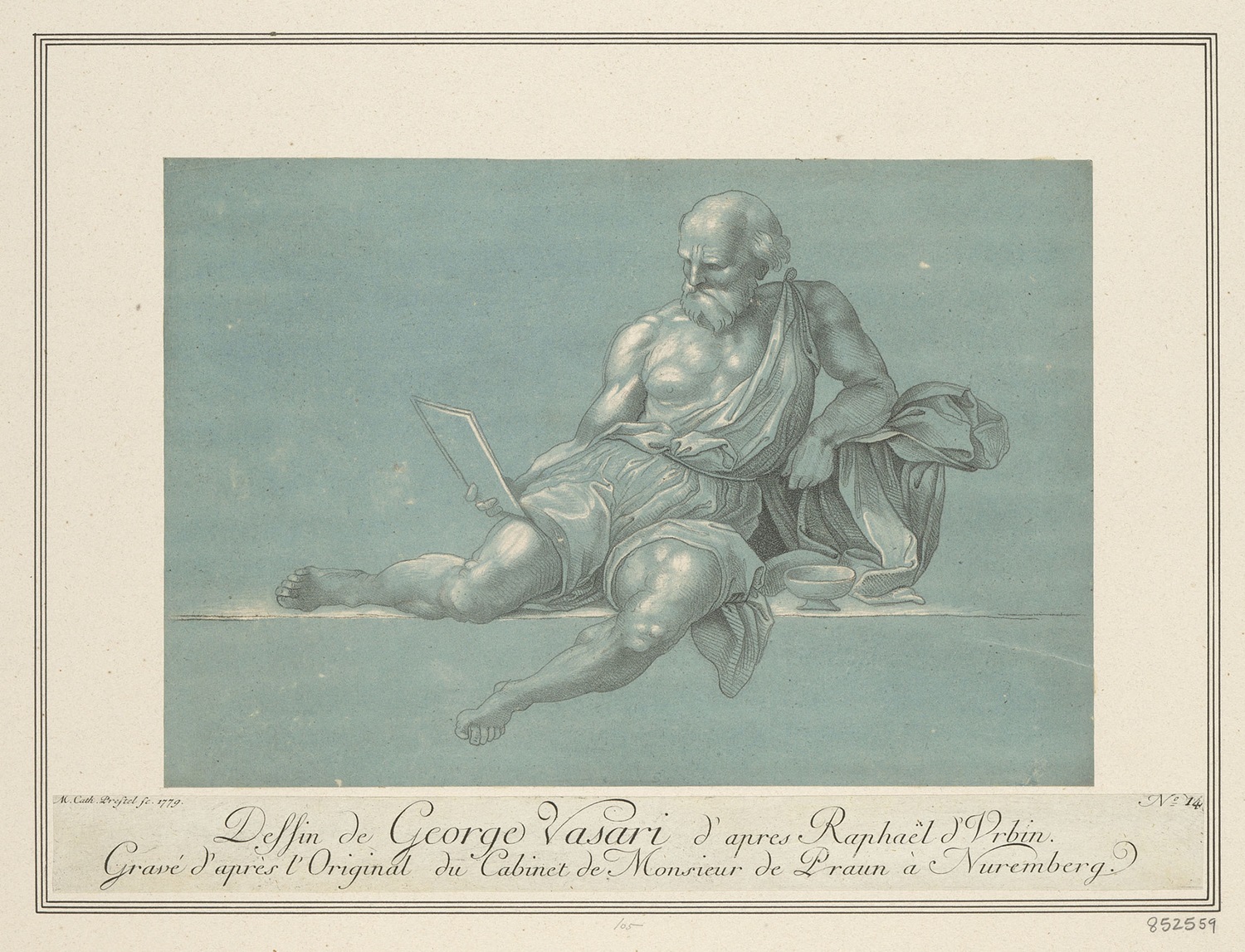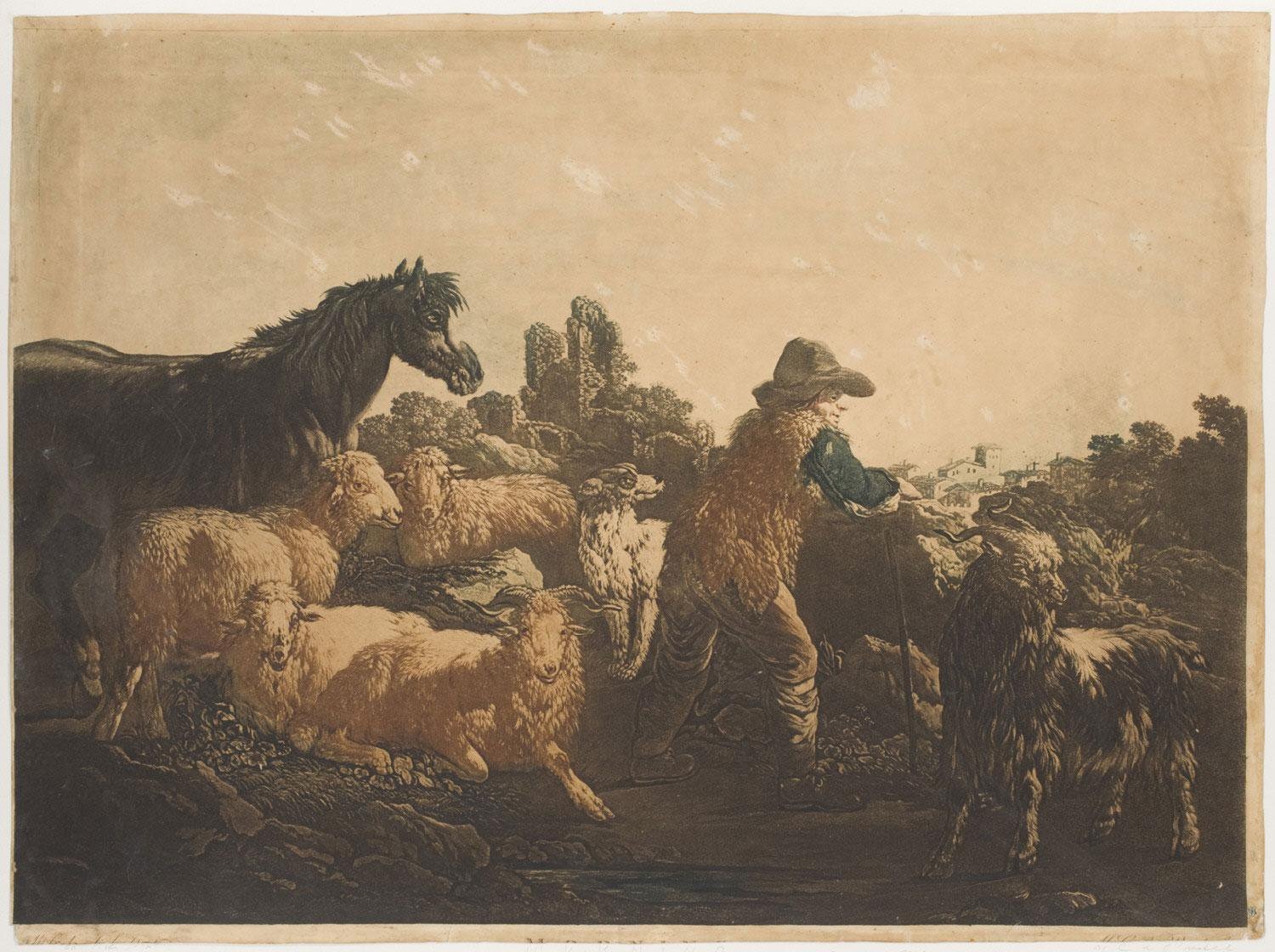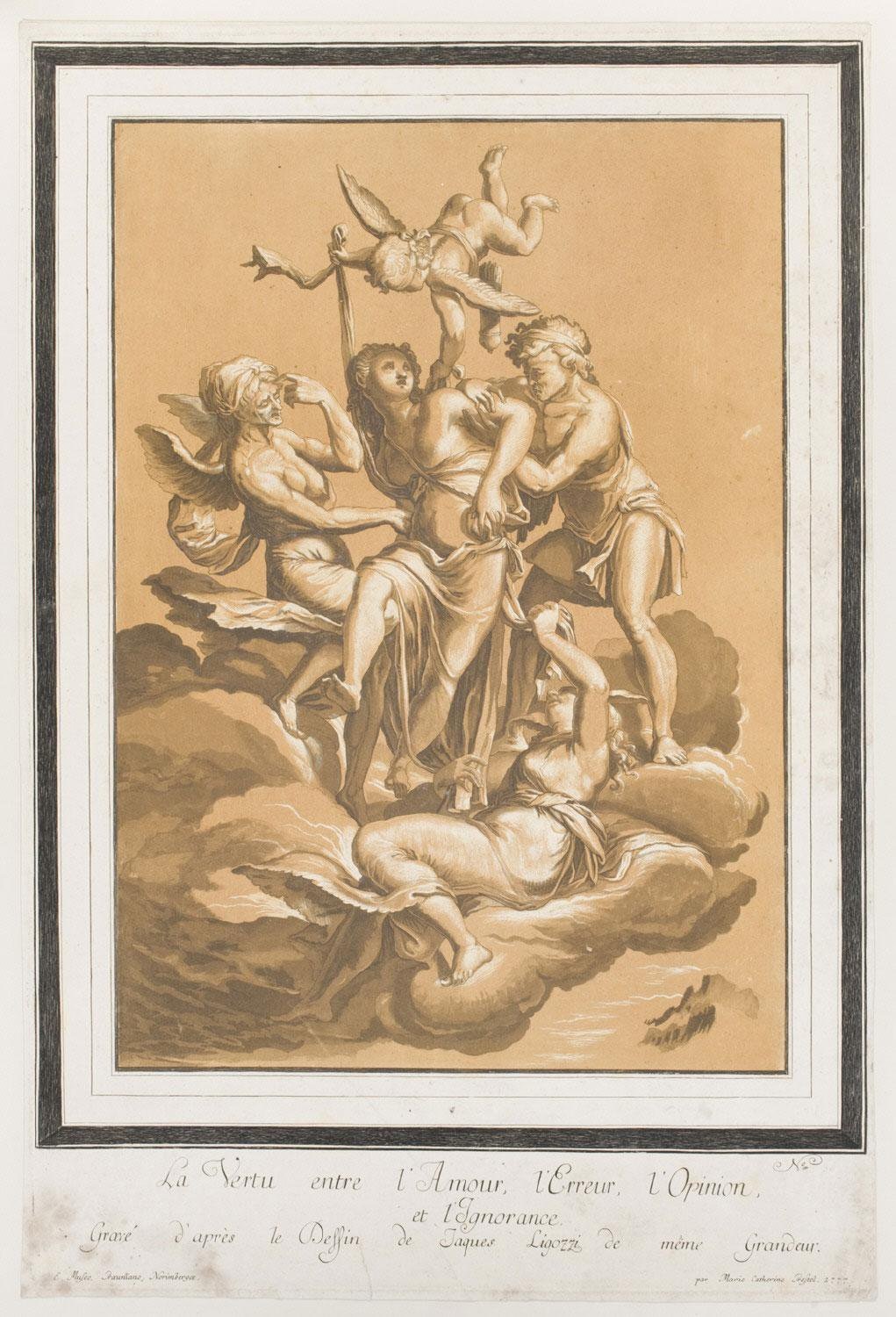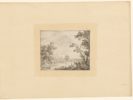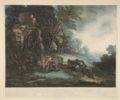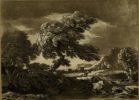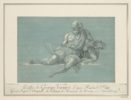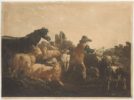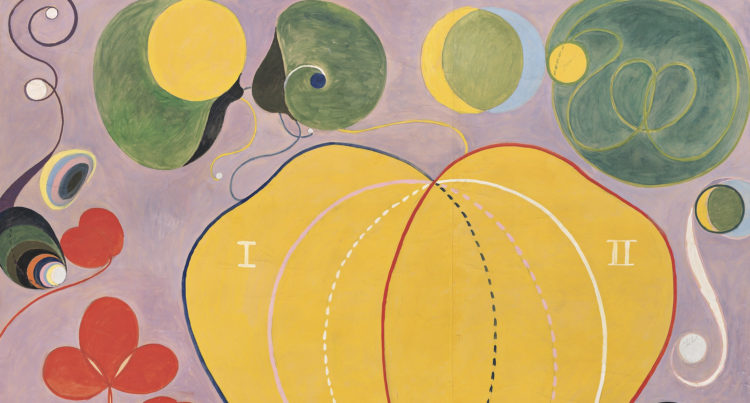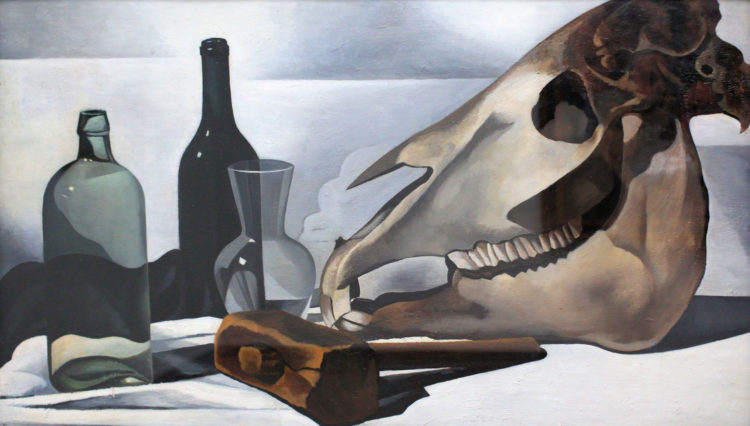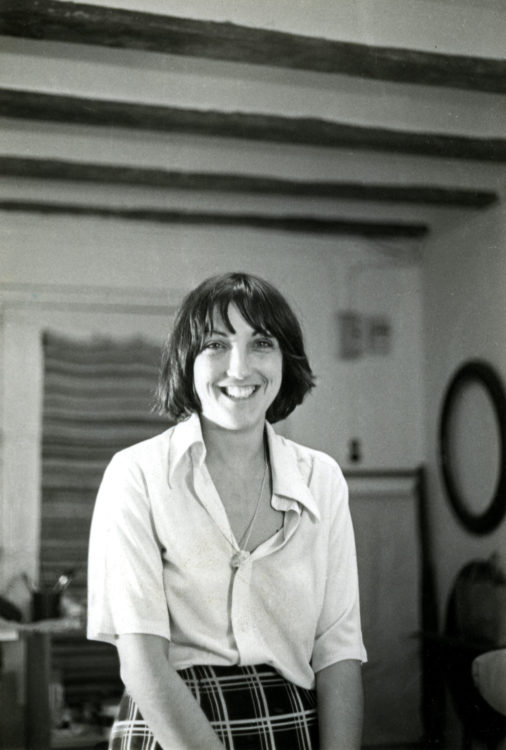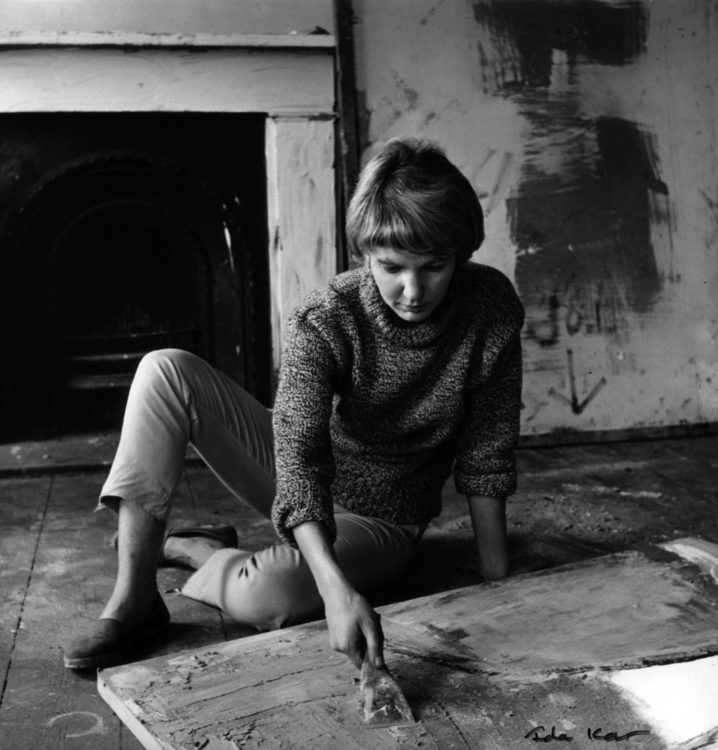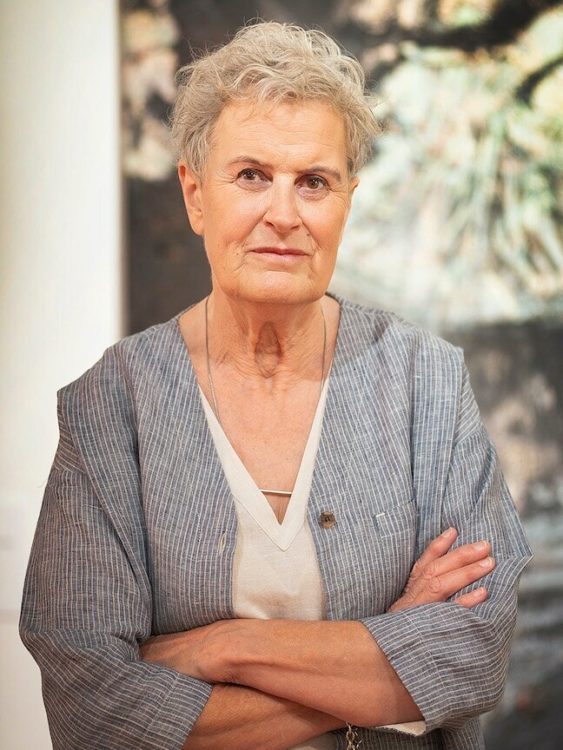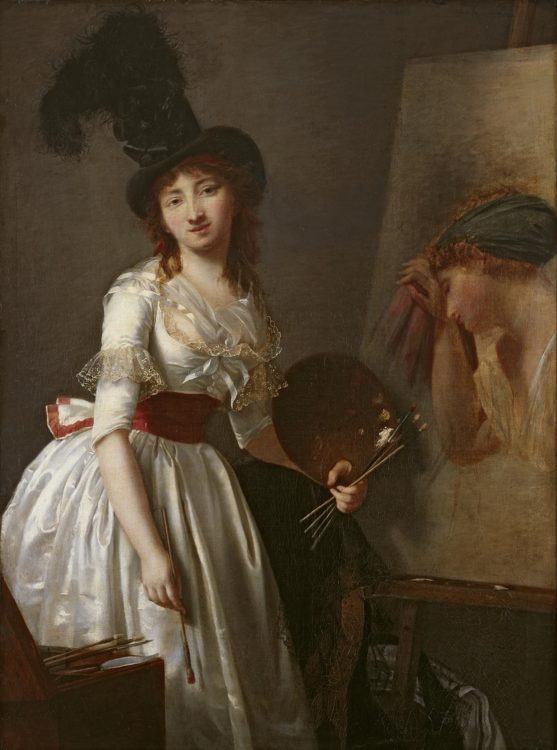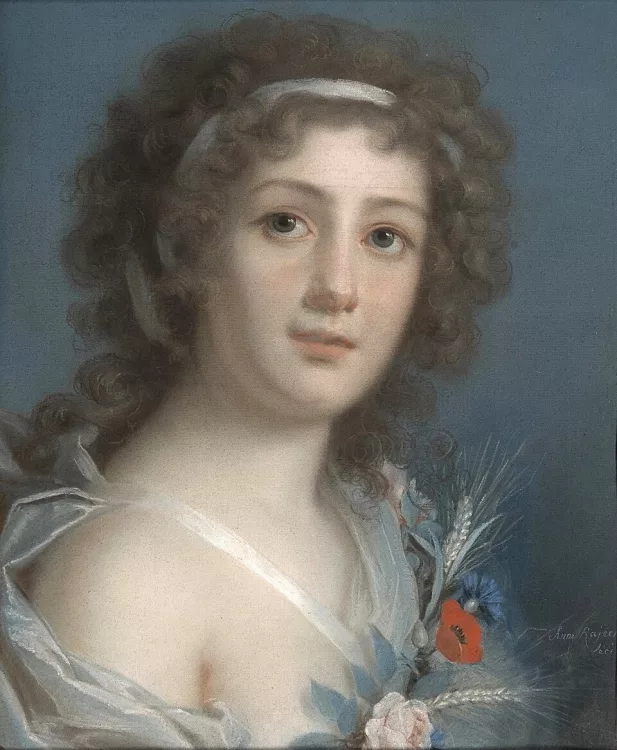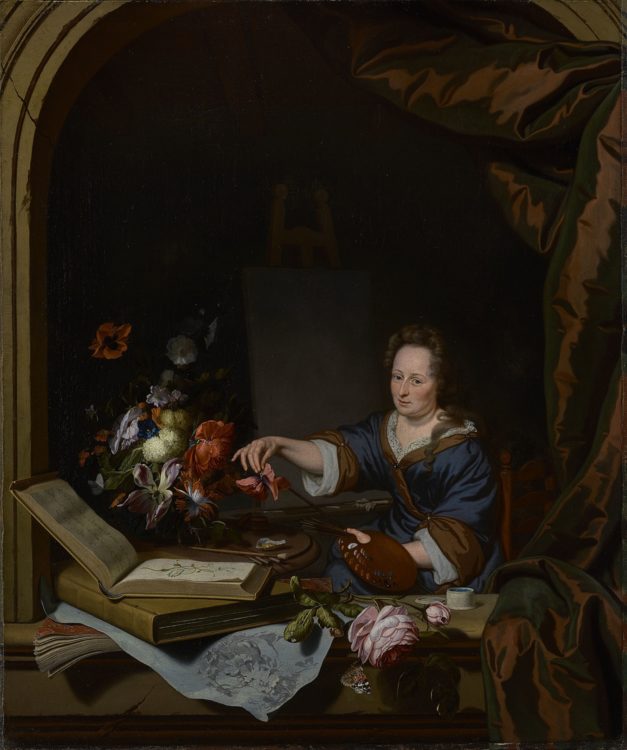Maria Katharina Prestel
Rena Hoisington, ed. Aquatint: From Its Origins to Goya. Washington, DC: National Gallery of Art and Princeton University Press, 2021, pp. 129–145
→Marie-Noëlle Grison, « Maria Katharina Prestel (after Giacomo Ligozzi) . . . The Triumph of Truth over Jealousy, 1781 », in Art on Paper. Recent Acquisitions by the Fondation Custodia. Paris: Fondation Custodia, 2018, no. 64
→Joseph Kiermeier-Debre and Fritz Franz Vogel, eds. Kunst kommt von Prestel: Das Künstlerehepaar Johann Gottlieb und Maria Katharina Prestel, Frankfurt-London. Köln: Böhlau, 2008
→Christiane Wiebel, ed. Aquatinta, oder “Die Kunst mit dem Pinsel in Kupfer zu stechen”. Das druckgraphische Verfahren von seinen Anfängen bis zu Goya. Coburg: Kunstsammlungen der Veste Coburg, 2007, pp. 255–266
→Claudia Schwaighofer, Das druckgraphische Werk der Maria Catharina Prestel (1747–1794), 3 vols. Munich: Ludwig-Maximilians-Universität, 2003
German printmaker.
Maria Katharina Prestel achieved significant recognition as a printmaker in her lifetime, particularly for her talents in the technique of aquatint for reproductive printmaking. She pursued a career in her native Germany as well as in the burgeoning printing industry in 18th-century London. With her husband, M. K. Prestel developed innovative multi-plate printmaking techniques to produce print portfolios capitalising on the growing interest in collecting reproductions of works by famous artists. The circulation of these prints disseminated information about the content of significant private collections, and internationally promoted M. K. Prestel’s talents as a printmaker.
Born Maria Katharina Höll, she first appears in records relating to her future husband, Johann Gottlieb Prestel (ca. 1739–1808). Following her probable introduction to still life painting by one of the famed Dietzsch sisters, likely Barbara Regina (1703–1783), M. K. Prestel trained with J. G. Prestel in drawing as well as in printmaking techniques. By 1772, the couple had married, established a workshop, and bought and sold art, with their clients including the author Johann Wolfgang von Goethe. The Prestels became well respected for their printmaking techniques, publishing series of prints after Renaissance and Baroque drawings in German private collections: Praunsche Kabinett (1776–1780), Schmidtsche Kabinett (1779–1782), and Kleine Kabinett (1782–1785). J. G. Prestel’s teaching appointment at the Düsseldorf art academy meant the Prestels encountered important printmakers, such as Valentine Green (1739–1813) and John Boydell (1720–1804), who would be beneficial to M. K. Prestel in London. During this period, M. K. Prestel gave birth to four children, and the workshop grew with the addition of several students and employees, such as Regina Katharina Schönecker Quarry (ca. 1762–1821).
New technologies in printmaking during the 18th century contributed to a robust secondary market for drawings in reproduction. M. K. Prestel was especially talented at replicating shading and wash in drawings through tonal effects produced with the aquatint technique. In their prints for the Praunsche Kabinett, documenting the collection of the 16th-century Nuremberg merchant Paul von Praun, the couple accomplished the first examples of the multi-coloured plate printing process in Germany. Perhaps her most famous work, a reproduction of the Renaissance artist Jacopo Ligozzi’s drawing The Triumph of Truth over Jealousy (Albertina, Vienna), exemplifies M. K. Prestel’s complex multi-step printing process. She used etching and aquatint on the first plate to replicate the composition and to create the tonal wash effect printed in brown ink. Then she used a second plate to incise lines primed with ochre and oil to receive gold leaf that referenced the golden ink highlights in the drawing’s composition.
Despite their renown, the couple experienced growing financial strain and were required to seek work farther afield. In 1782, M. K. Prestel travelled to Frankfurt to generate an income. In the following year, the family and workshop followed her. Finances contributed to the couple’s ultimate separation, when M. K. Prestel moved to London and left their four young children in their father’s care. Upon her arrival in London in 1786, she was already a celebrated artist and her previous association with the well-connected reproductive print publisher J. Boydell led to a productive collaboration with him and other publishers over the next decade. M. K. Prestel specialized in reproductions of atmospheric landscape paintings by Thomas Gainsborough (1727-1788) and Philip James de Loutherbourg (1740-1812). In 1789, M. K. Prestel brought two of her children, Ursula Madgalena and Michael Gottlieb, to London to assist her in the workshop. Upon her death, the children returned to their father to help him continue the family printing trade.
The presence of J. G. Prestel’s signature on many of the prints made by M. K. Prestel resulted in her lower profile in the history of European printmaking. However, recent efforts to rehabilitate her work have increased broader awareness of her technically innovative talents.
A biography produced as part of the programme “Reilluminating the Age of Enlightenment: Women Artists of 18th Century”
© Archives of Women Artists, Research and Exhibitions, 2024


